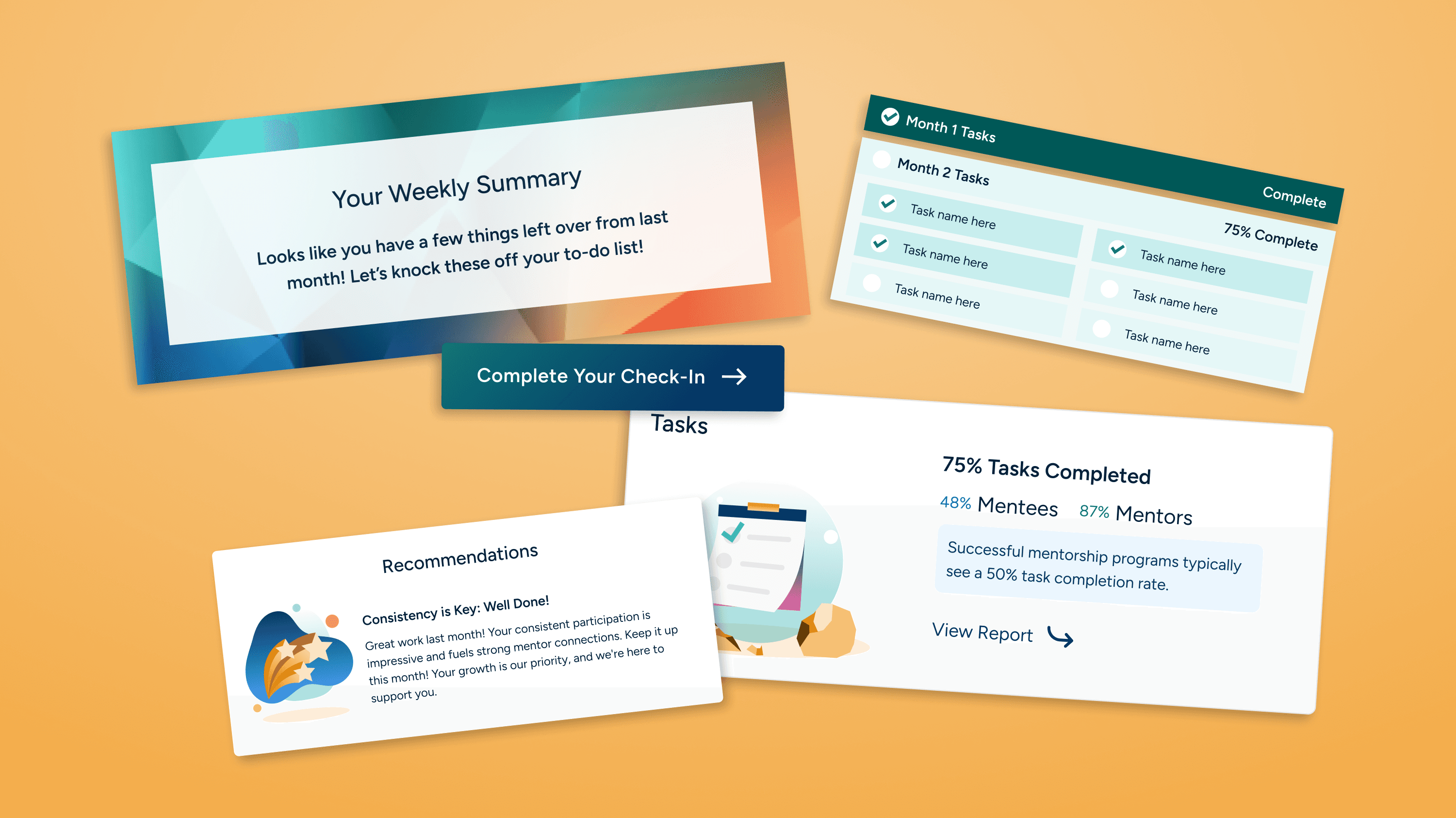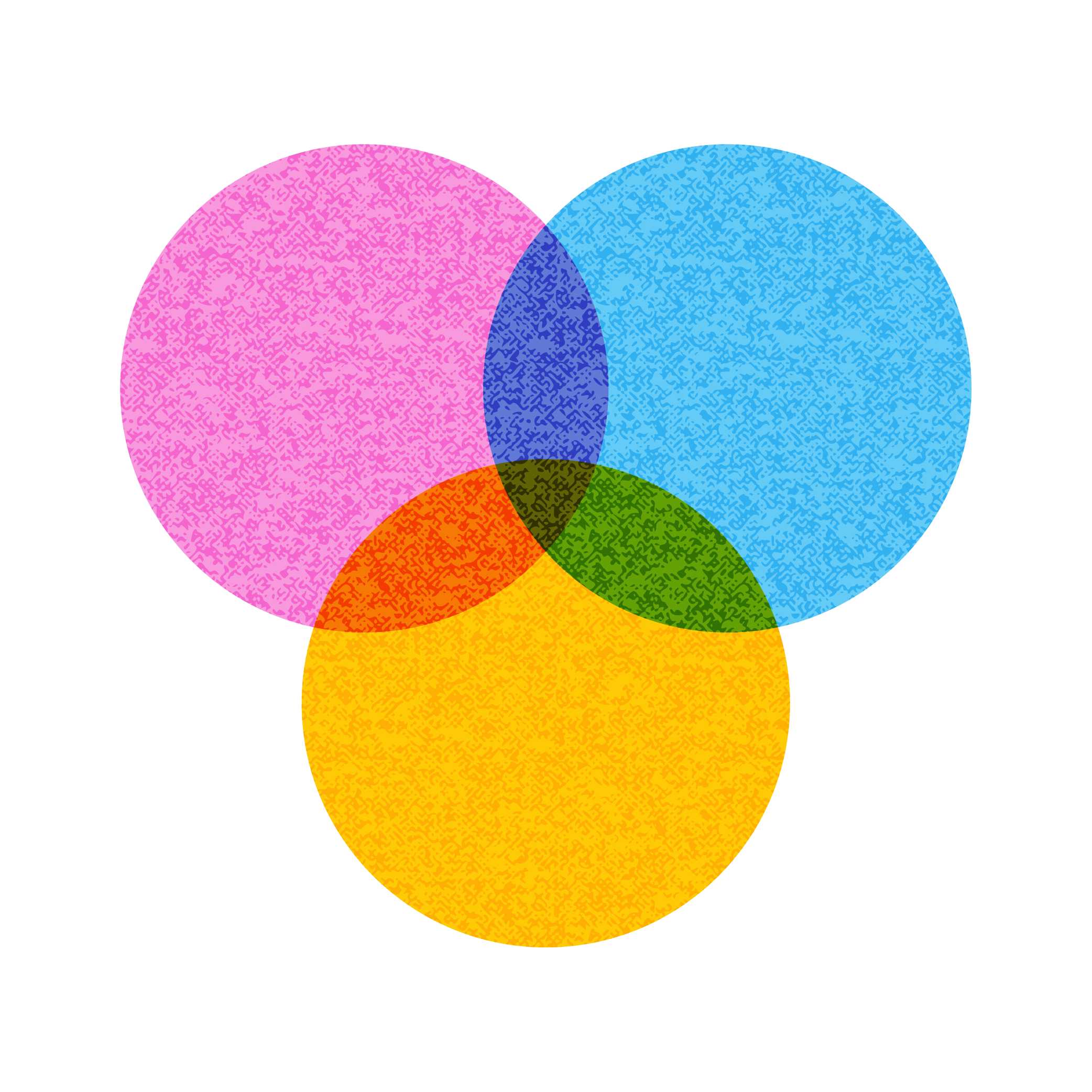The Mentor Method
Background
The Mentor Method is a platform that matches mentees to mentors based on their skills, interests and personality. The time-boxed programs can go got 3, 6, 9 or 12+ months with the option to add additional time once the program has launched.
My Role
As the lead product designer on this project, I spearheaded this effort but working with my colleague Lauryn Goodlett was a real collaborative effort. We worked in the same file copying each other's screens and making changes.
Our Team
Our team consists of myself, Lauryn, our project manager, our technical lead, business analysts and developers.
The Problem
Following our first few programs, we noticed a disturbing trend. Of the two three-month programs our clients ran, user engagement plummeted. After matching with their mentor or mentee and completing the first month, a significant number of users stopped using the platform. Engagement never fully recovers from it’s initial 80-90% drop despite users reporting having a positive experience in the program.

The graph shows user log-ins for a 6 month period for three of our programs. To complete their the tasks and submit their program check-ins, users must log-in and after they've matched we see a steep decline in log-in activity.
Research
We arranged user interviews with our clients to discuss their experience with the platform, we focused on their actions, feelings and challenges at different stages of their program. Their input validated our data where we found multiple drop-off points in the experience which we'd also pinpointed as possible issues in the review of our

The above is a sample of one of out design thinking workshop sessions with a client.
Our Solution
In it’s current state, users are most active at a program’s launch and once or twice a month to do check-ins. We came up with two divergent problem statements. The first is that the platform doesn’t have features and functions conducive to stickiness. The second is that the platform doesn’t invite users back in or guide them.
As a first step before making major changes to our core features and functionality, we decided to create a series of emails to pull users back into the system. We created emails at each potential drop-off point we'd identified and validated in our research.
We created these check-in reminder emails to be sent near the end of the month. As we were working on the design and copy of these emails, we wanted to put empathy first. We chose to use our user's desire to perform well in their role to encourage them.
Our second email was a weekly reminder sent to users with outstanding tasks or check-ins from the previous month. These are users who are lagging behind in their program and need a nudge to encourage more active participation.
Our final email was an overview of the month to come sent at the beginning of every month.
Challenges
One of our concern was overwhelming users with too many emails, which was feedback we received about the platform after acquiring the product. We scaled back the emails the system sends, converted some to in-platform notifications, and wanted to be cautious adding more back in. We mapped out the email experience and trigger points for automated emails to get a clear idea of what users receive from launch to completion and where these new emails fit in.
The branding for the platform is newly created, as part of this we had to build out more graphic assets that to create a more eye-catching and engaging design. Part of this included negotiating with our developers to replace our data visualizations with graphics to decrease development time and get our MVP out for testing more quickly.
Future State
Across completed programs, we have a good baseline of where our engagement falls. As these emails roll out, we will measure engagement. The ideal outcome is too see more spikes in engagement throughout the month, particularly around the beginning and end of the month.
If the emails for admin prove successful, we will replace the graphics with data visualizations showing real data for their program’s progress.




